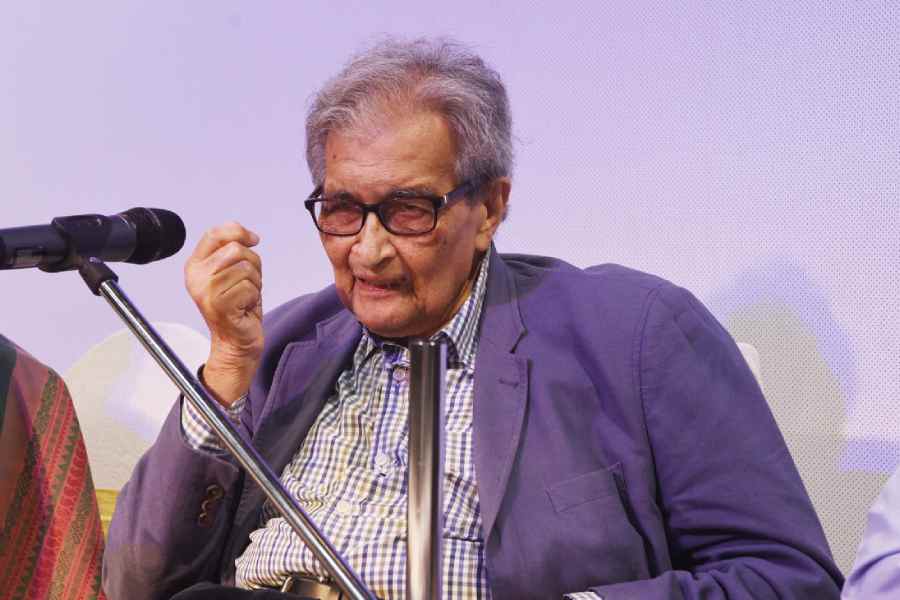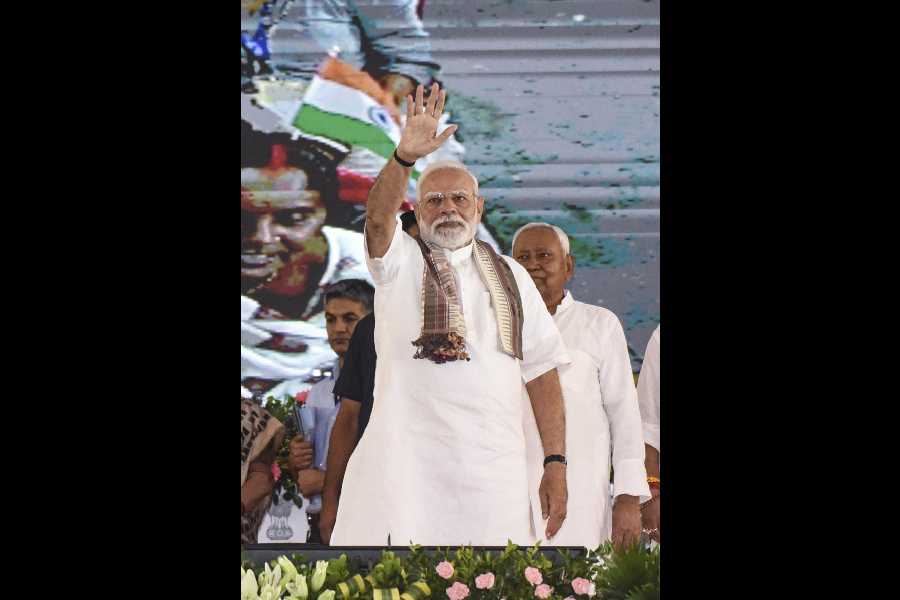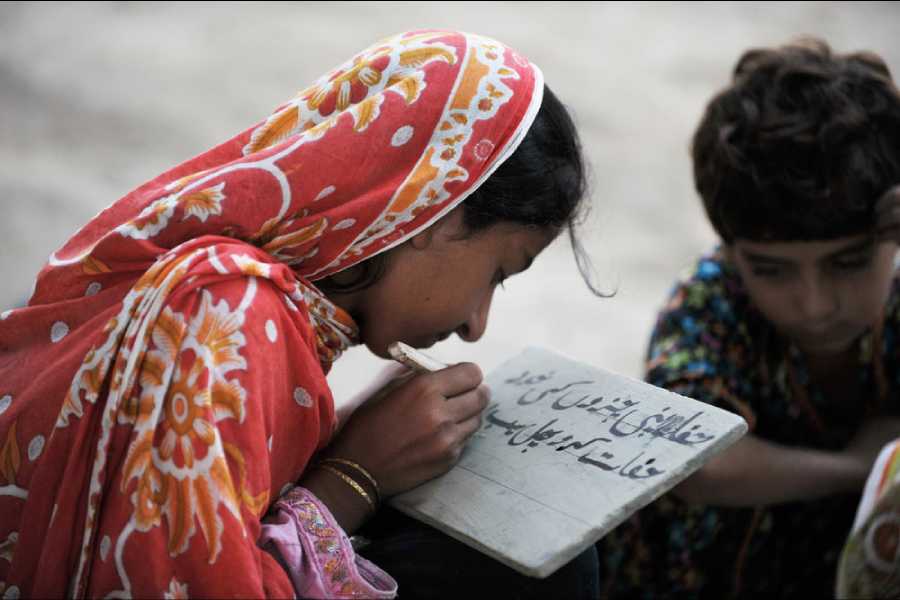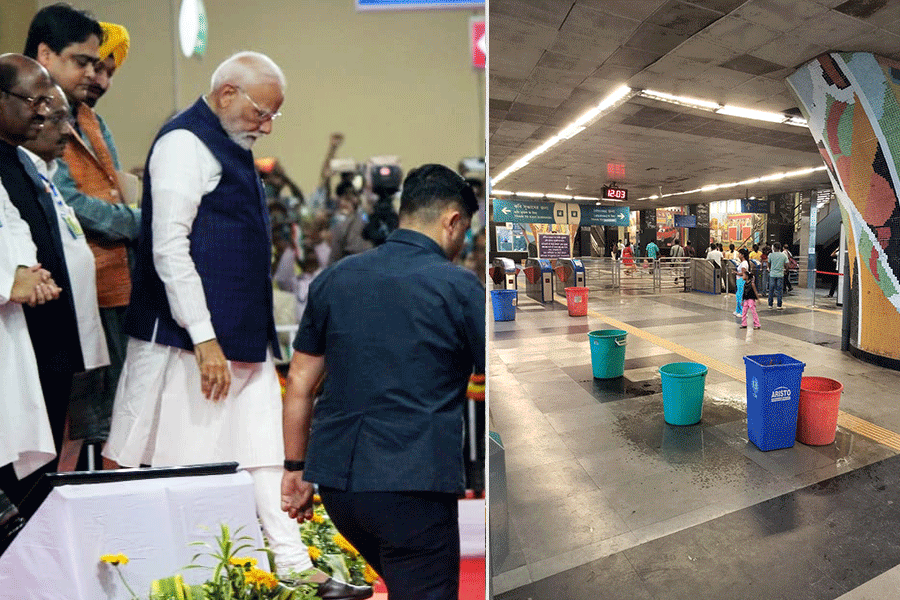 |
 |
 |
 |
 |
| (From top): a view of the beach at Pangkor; rolling hills at Cameron Highlands; a woman at work in a tea garden at Cameron; strawberry specialities from the same place; durian fruit at a market in Pangkor |
There went my diet for a toss! But what the heck, you don’t often come across such a trove of luscious treasures looking so lip-smackingly good and sinful. For a start, there were packets of fresh juicy strawberries. If that wasn’t enough, there were also strawberries dipped in honey, strawberry jams and syrups, biscuits and cookies, cakes and even chocolates with gooey strawberry centres.
Where was this strawberry heaven? England, perhaps. Wimbledon, during high tennis season. I was on a strawberry farm in the Cameron Highlands in the heart of Malaysia. A few yards away were the rows of strawberry plants weighed down with the plump red fruit. The lady at the counter allowed me to sample a few of the delicious offerings (which I more than eagerly did) and even pick my own fresh strawberries before buying them. When I finally walked away, I was carrying just about a hundred little packages full of the farm produce ? enough for me to gorge on to my heart’s content and still have enough to feed the battalion of friends and relatives back home.
It was an unexpected summer break that had brought me to Malaysia aboard a late night Malaysian Airlines flight. And, luckily I was heading off to paths less travelled in Malaysia. I and the group I was travelling with, were getting a taste of the country’s lesser-known spots ? the relatively undiscovered charms of the Cameron Highlands and the exotic beach island of Pangkor ? yes, like those Hindi movie stars, we were heading straight from the hills to the beach.
Kuala Lumpur International Airport is a masterpiece of efficiency, so we were soon whisked through it and off to the Cameron Highlands, Malaysia’s premier hill resort. It’s located in Pahang state on the Main Range of Peninsular Malaysia, 1,524m above sea level and it’s four hours away from KL. On the way there’s picturesque scenery, excellent highways, and tourist refreshment centres at every turn. Near Kuala Lumpur city, the landscape is lush green, with acres of oil palm forests. These give way to deciduous trees, undulating hills and gently cascading waterfalls as you enter the highlands.
Cameron’s climate is just perfect, with the temperature seldom crossing the 20-25?C mark. The mornings are comfortably sunny and a light windcheater is all you need to beat the slight mountain chill in the evenings. The Highlands consist of a series of little townships, which include Ringlet, Tanah Rata, Brinchang, Trinkap, Kuala Terla and Kampung Raja. The best tourist amenities are in and around Tanah Rata, where we put up at The Equatorial, an imposing hotel perched atop a hill. However, another town, Brinchang is fast catching up.
Much of Cameron’s appeal lies in the neat sprawling tea plantations that date back to 1929, as well as terraced flower gardens, orchards, vegetable gardens and strawberry farms. We did a countryside tour of the place that included a visit to the morning market in Brinchang. The assortment of farm-fresh fruits and vegetables and colourful flowers makes for a truly spectacular display.
At the nearby terraced Rose Centre Kea Farm, we posed for pictures amidst the hundreds of roses, chrysanthemum, carnations, daliahs and gladioli in full bloom. From the proverbial bed of roses we landed in the terraced grounds of Cactus Valley with its covered skylight roof and scores of cacti varieties ? some as old as 60 years. Next stops were the butterfly farm with its motley selection of insects and butterflies in brilliant hues, and the Honey Bee Farm with honeycombs and pure bottled honey for sale.
A visit to Cameron, we were told, would not be complete without sampling the local delicacy, steamboat. It is a do-it-yourself cook-in where a variety of raw meat, seafood and vegetables, eggs, noodles, tofu and beancurd are served on the table along with a big vessel containing soup over a gas burner. You are supposed to choose your favourite items and drop them into the boiling soup and wait for them to cook before you can partake of the delicious fare. At our request, Teoh, our Chinese tour guide in Malaysia, arranged for us to get a taste of the same. We were a little apprehensive in the beginning, but the burst of flavours and textures that the soup and fresh ingredients provided left us eager for more.
Having ‘done’ Cameron Highlands, we were headed off to the village of Lumut (a two-hour drive from KL). From the cool climes of Cameron to the scorching heat of the coastal village ? the sudden rise in temperature sent us on a impromptu shopping spree at the shoreside shops selling loose shirts, T-shirts, shorts and sarongs in a riot of tropical prints and colours. A scenic 40-minute ferry ride with the sea spray leaving the taste of salt on our lips was followed by a short bus-ride and we were at the Pangkor Island Beach Resort.
The resort, with its luxurious cottage-type structure and villas, and its own private beach carved out of a bay formed by the natural landscape, is truly the stuff dreams are made of. Eager to hit the beach, we just about took time off to dump our luggage in our rooms before changing into our swimwear. Between six and eight in the evening, when the tide is low, is the best time to go swimming in the sea, the resort manager informed us, causing us to scurry even faster to the beach, in order to make the most of the fast- dwindling evening.
The sea at Pangkor is mild, with hardly more than one or two gentle waves breaking simultaneously. Even during high tide, the waves don’t get treacherous, though the sea does come right up to the boundary of the resort. The water is a greyish-blue, but clear. The sand is soft and fine and a dull gold in colour. The sun is blazing, though not as scorching as the Indian sun, and the humidity is on the lower side too.
There is no surfing in the sea here but you can have fun angling and riding on a water scooter. And when you have had your fill of lazing on the beach and swimming in the sea, the spectacular coral reef here makes snorkelling a must. Besides water sports and beach activities, Pangkor also offers some interesting sightseeing options. The list of attractions includes a 300-year-old historic Dutch Fort, a Chinese temple and a Kali temple. Also, worth visiting are Pangkor’s quaint fishing villages with their boat-making units and fishing factories. The hundreds of different fish and seafood products and mind-boggling variety of preserved and dried fish on offer here is sure to put even our fish-proud Bengal to shame.
Before you leave Pangkor, don’t forget to sample the luscious fresh fruits on offer ? the pungent durian (similar to the jackfruit), huge purple grapes, juicy oranges, rambutans (something like the lychee) and a bigger, fleshier version of Bengal’s asphal. Another traveller tip ? catch the glorious sunset off Pangkor beach, and save it both on your digi-cam and in the recesses of your mind ? as a beautiful reminder of this idyllic beach haven.










